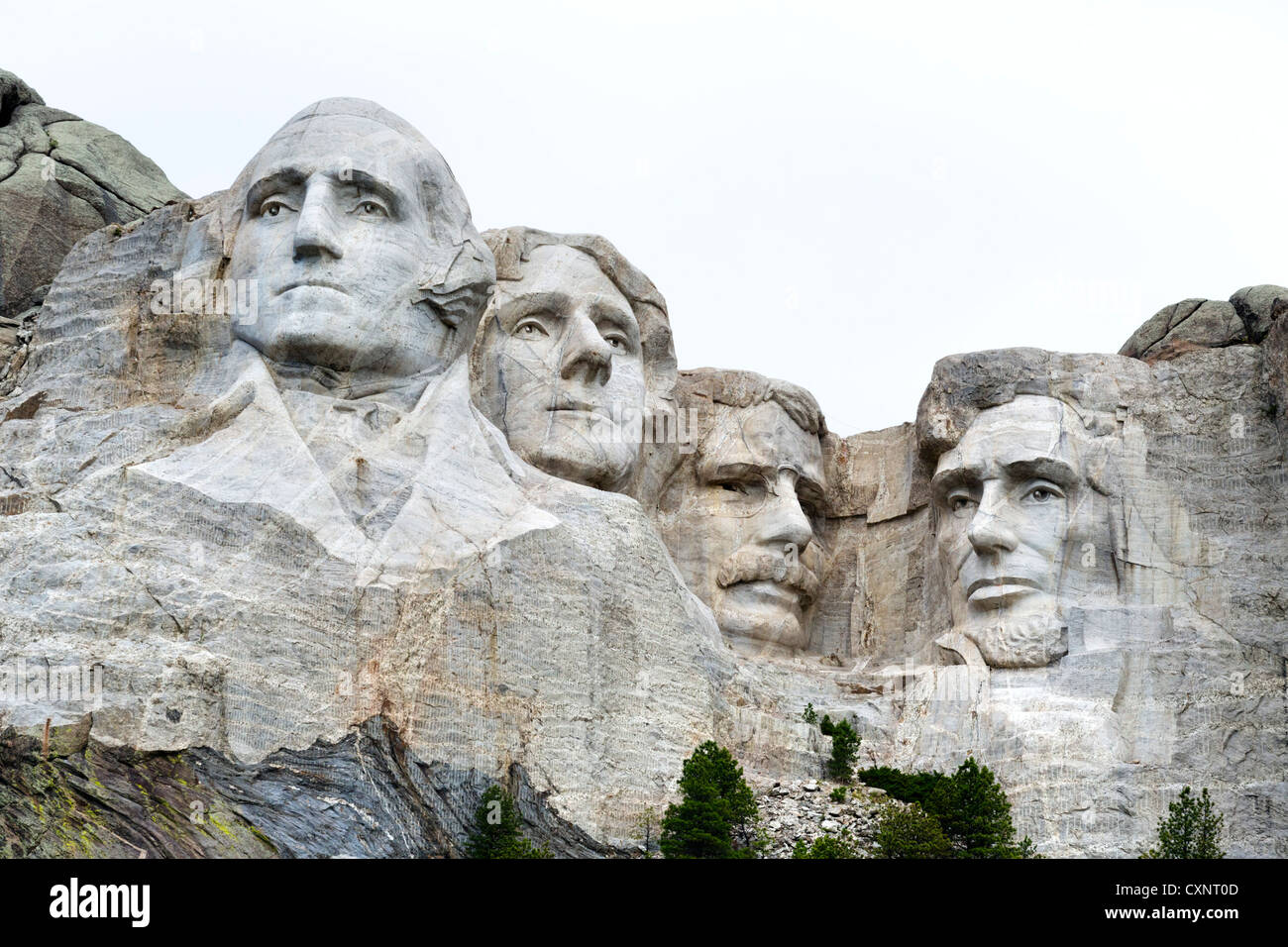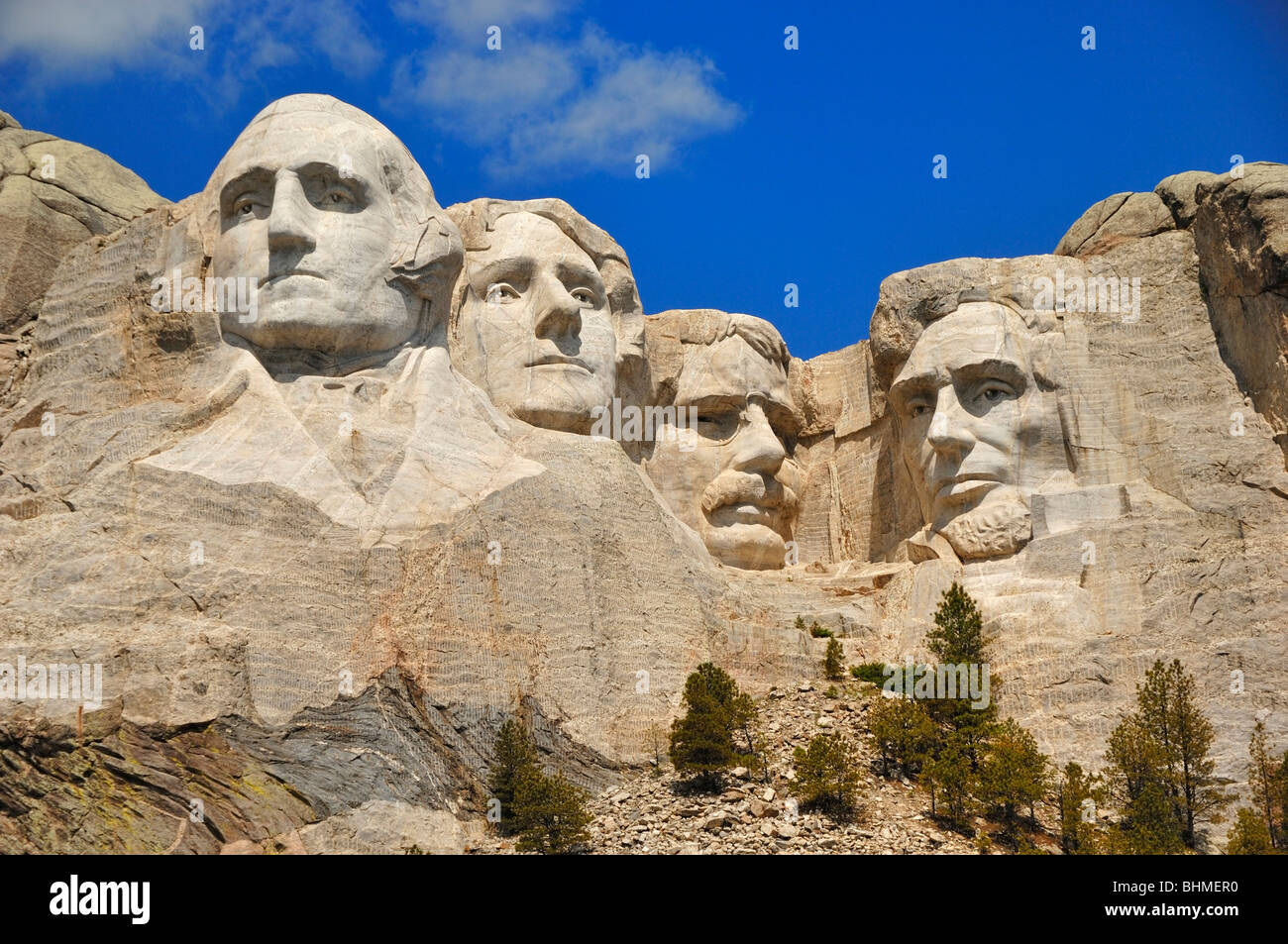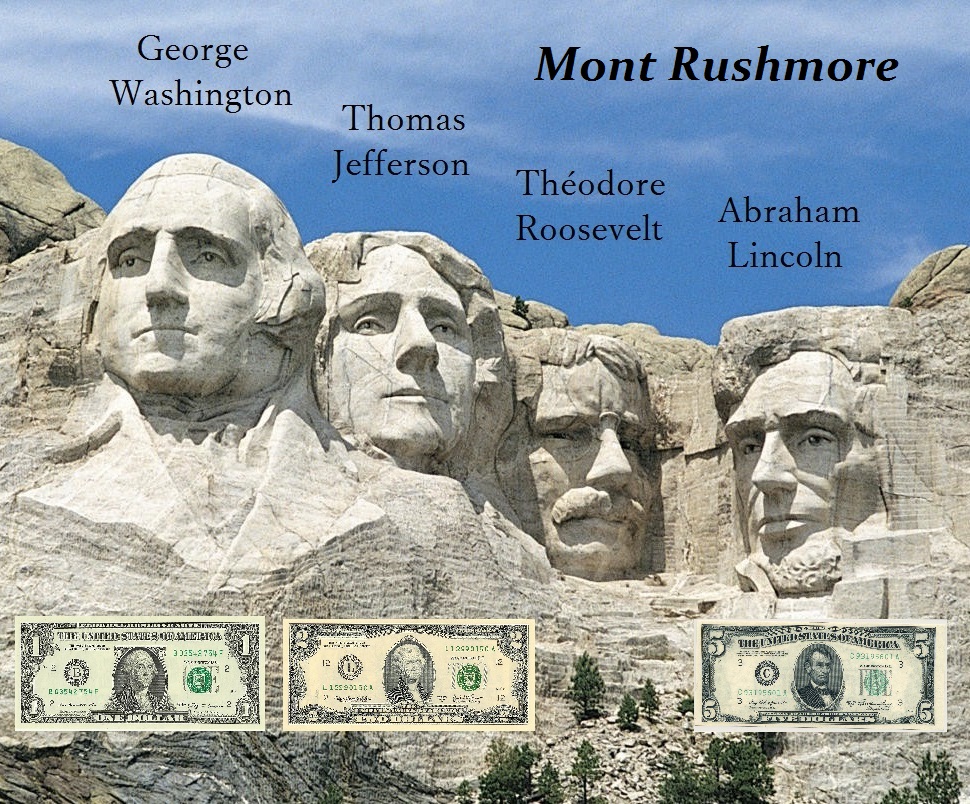Can a mountain truly embody the spirit of a nation? Mount Rushmore, carved into the Black Hills of South Dakota, stands as a monumental testament to American ideals, etched in granite and steeped in symbolism.
The very creation of the Secret Service, born from the tragic events of April 14, 1865, offers a stark contrast to the enduring legacy of leadership carved into the mountainside. Just hours before his assassination at Ford's Theatre in Washington, D.C., President Abraham Lincoln, recognizing the need for a dedicated force to protect the nation's leaders, signed the legislation that would establish this vital agency. This act, a final act of foresight, occurred on the very day that would usher in a period of immense grief and uncertainty for the nation.
Mount Rushmore itself, a colossal sculpture, is located in the Black Hills near Keystone, South Dakota, and features the faces of four iconic American presidents: George Washington, Thomas Jefferson, Theodore Roosevelt, and Abraham Lincoln. These figures, each representing a pivotal era and embodying key American principles and values, were meticulously chosen to be immortalized in stone. These four presidents, each with their unique contributions to American society, are forever immortalized on the side of Mount Rushmore, each head about 60 feet (18 metres) tall.
- Melinda Clarke Bio Roles In The Oc Csi More Info News
- Dress To Impress Celebrity Look Alike Outfit Ideas Inspiration
The presidents chosen for Mount Rushmore represent key periods in American history. George Washington, the nation's first president, is often referred to as the "Father of the Country," due to his critical role in the American Revolution and his leadership during the early years of the United States. Thomas Jefferson, the third president, was the primary author of the Declaration of Independence and significantly expanded the countrys territory through the Louisiana Purchase. Theodore Roosevelt, the 26th president, was known for his conservation efforts, his role in the construction of the Panama Canal, and his trust-busting activities. Finally, Abraham Lincoln, the 16th president, guided the nation through the Civil War and abolished slavery, playing a key role in preserving the Union.
| President | Term of Office | Key Achievements | Significance |
|---|---|---|---|
| George Washington | 1789-1797 | Led the Continental Army, President of the Constitutional Convention, First U.S. President. | Established the presidency, set precedents for the office, and led the new nation through its formative years. |
| Thomas Jefferson | 1801-1809 | Author of the Declaration of Independence, Louisiana Purchase. | Expanded the nation's territory and championed ideals of liberty and self-government. |
| Theodore Roosevelt | 1901-1909 | Conservationist, Panama Canal, Trust-buster. | Championed conservation, expanded U.S. influence globally, and reformed business practices. |
| Abraham Lincoln | 1861-1865 | Presided over the Civil War, Emancipation Proclamation, preserved the Union. | Led the nation through the Civil War, abolished slavery, and upheld the Union. |
For those planning a visit, Mount Rushmore National Memorial offers free admission, and reservations are not required. The only fee is for parking. The memorial is generally open every day, with opening hours varying with the season. From October to March, the monument closes at 9:00 PM, offering a unique experience for visitors to enjoy its presence, standing tall against the vast Dakota skies. Depending on the time of year, visitors can witness the majestic sculpture under different lighting conditions.
The monuments design and execution are a story in themselves. Gutzon Borglum, the sculptor, and his son, Lincoln Borglum, led the project. Construction began in 1927 and concluded in 1941. This undertaking required the removal of vast amounts of granite and involved hundreds of workers. The project was far from easy. There were issues with funding and the harsh environment. The meticulous process included dynamiting the mountainside, carving, and using pneumatic drills, resulting in the detailed and powerful representations of the four presidents.
- Chris Liam Hemsworths Parents Meet Craig Leonie
- Humboldt County Courthouse Bookmark John Chiv For Updates Info
The Mount Rushmore National Memorial represents not only the faces of the four presidents but also what they stood for. Each face represents a moment in American history. The sculpture provides a physical manifestation of the values, ideals, and leadership that have shaped the nation. The monument serves as a reminder of the ideals of American democracy, unity, liberty, and the ongoing pursuit of these principles. The memorial provides a canvas on which America's complex history is displayed, prompting reflection and appreciation of its enduring values.
The Mount Rushmore Presidents Teacher Guide provides in-depth lesson plans for educators. The guide includes chapter-specific plans, assessment tools, activity pages, and additional resources, such as virtual field trips and simulations. The guide integrates civics and arts connections to reinforce the content, allowing educators to bring the story of Mount Rushmore and the lives of the presidents to their students in a meaningful and engaging way. It goes beyond simply presenting the visual details of the monument by providing educators with the means to engage their students on a deeper level, bringing historical events and the ideas of the past to life.
Mount Rushmore stands as a symbol of American ambition, its capacity for monumental projects, and the enduring value placed on the country's history. The sheer scale of the project is remarkable. The commitment of time, resources, and manpower, and the artistic and engineering challenges overcome, make it a testament to human potential. This enduring monument invites contemplation, offering an inspiring and educational experience to visitors from around the world.
The story of Mount Rushmore and the story of Abraham Lincoln, so tragically intertwined with the creation of the Secret Service, are both testaments to the enduring power of leadership and the preservation of American ideals. They both stand as monuments to different aspects of American history. One represents the ambition to create a physical symbol of the nation's values, while the other, born from the tragedy of assassination, represents the need to protect and preserve these values for future generations.
The faces carved into Mount Rushmore offer a window into the past, providing a way to connect with the leaders and principles that helped build the United States. It is a location where American history is physically present and where visitors can reflect on the past and connect with the values that have shaped the nation's identity.
From a historical perspective, Mount Rushmore continues to evoke complex responses. The monument's symbolic value is undeniable. The dedication of the monument in October, in the Black Hills of South Dakota, brought a sense of national pride and provided a visible symbol of the nation's history and values. But the site also raises critical questions about representation, the historical context, and the complicated legacy of American history. Understanding these multifaceted dimensions is essential for fully appreciating Mount Rushmore and its place in American society.
For further information, visit the National Park Service website: Mount Rushmore National Memorial (U.S. National Park Service).


